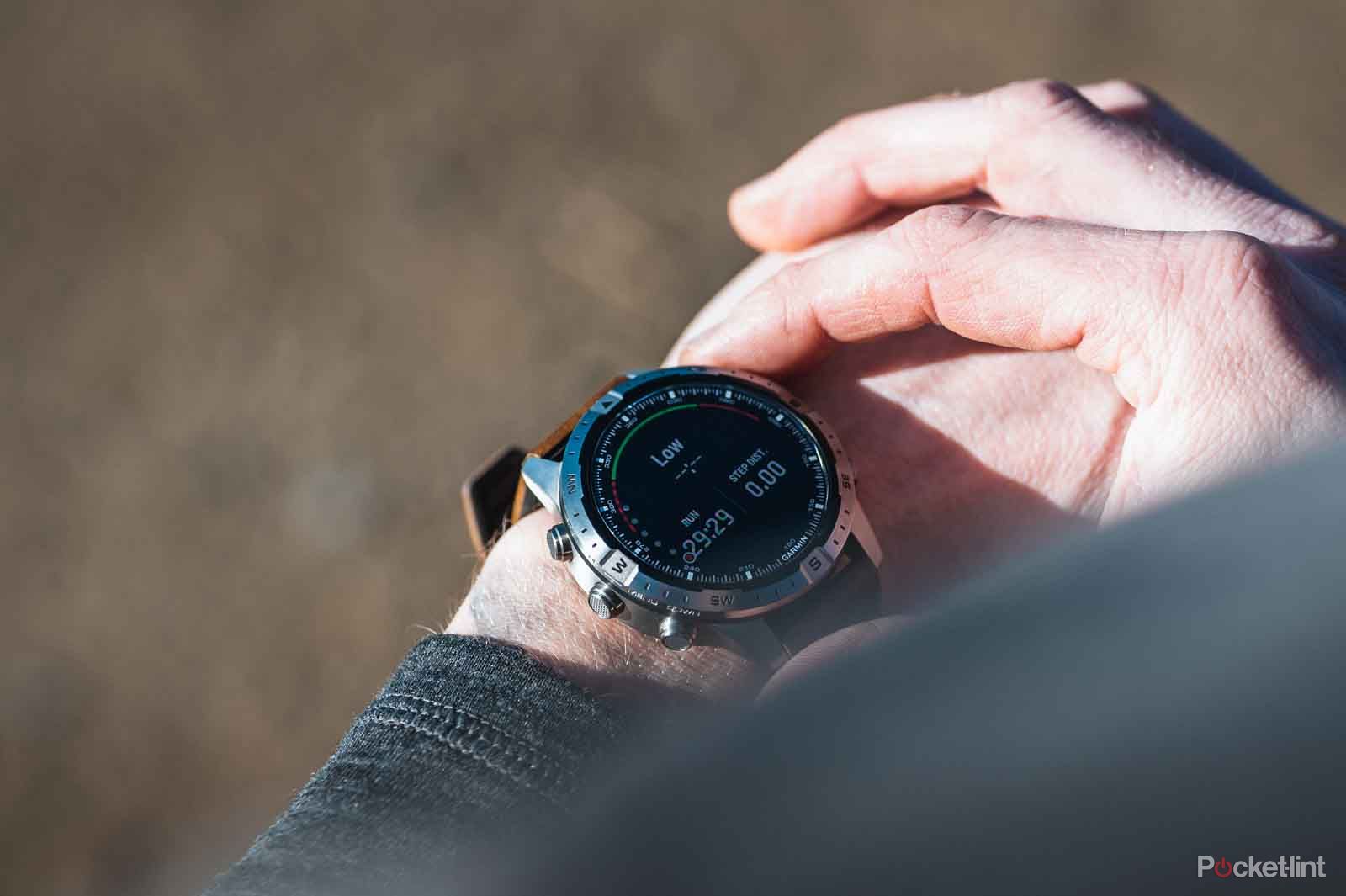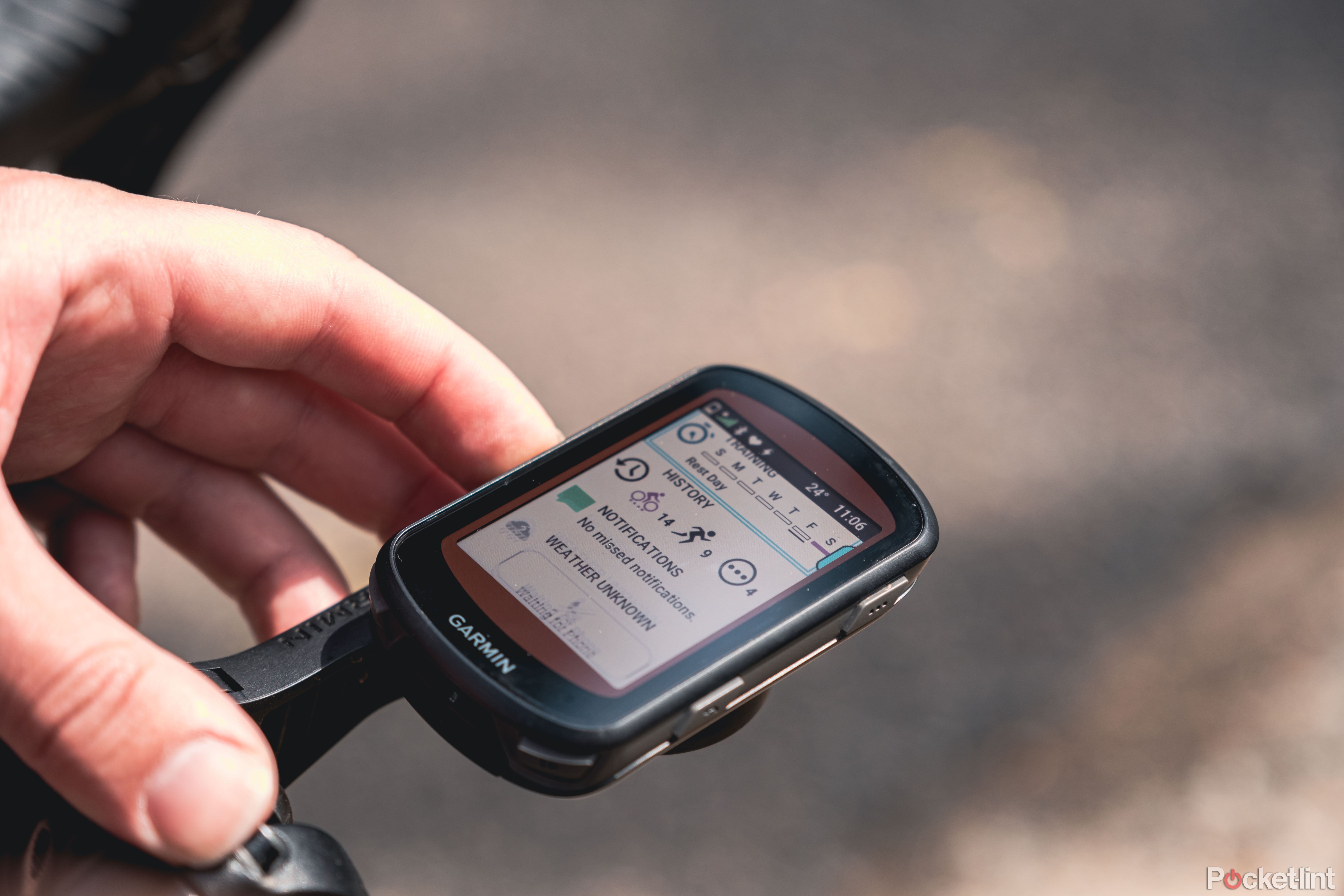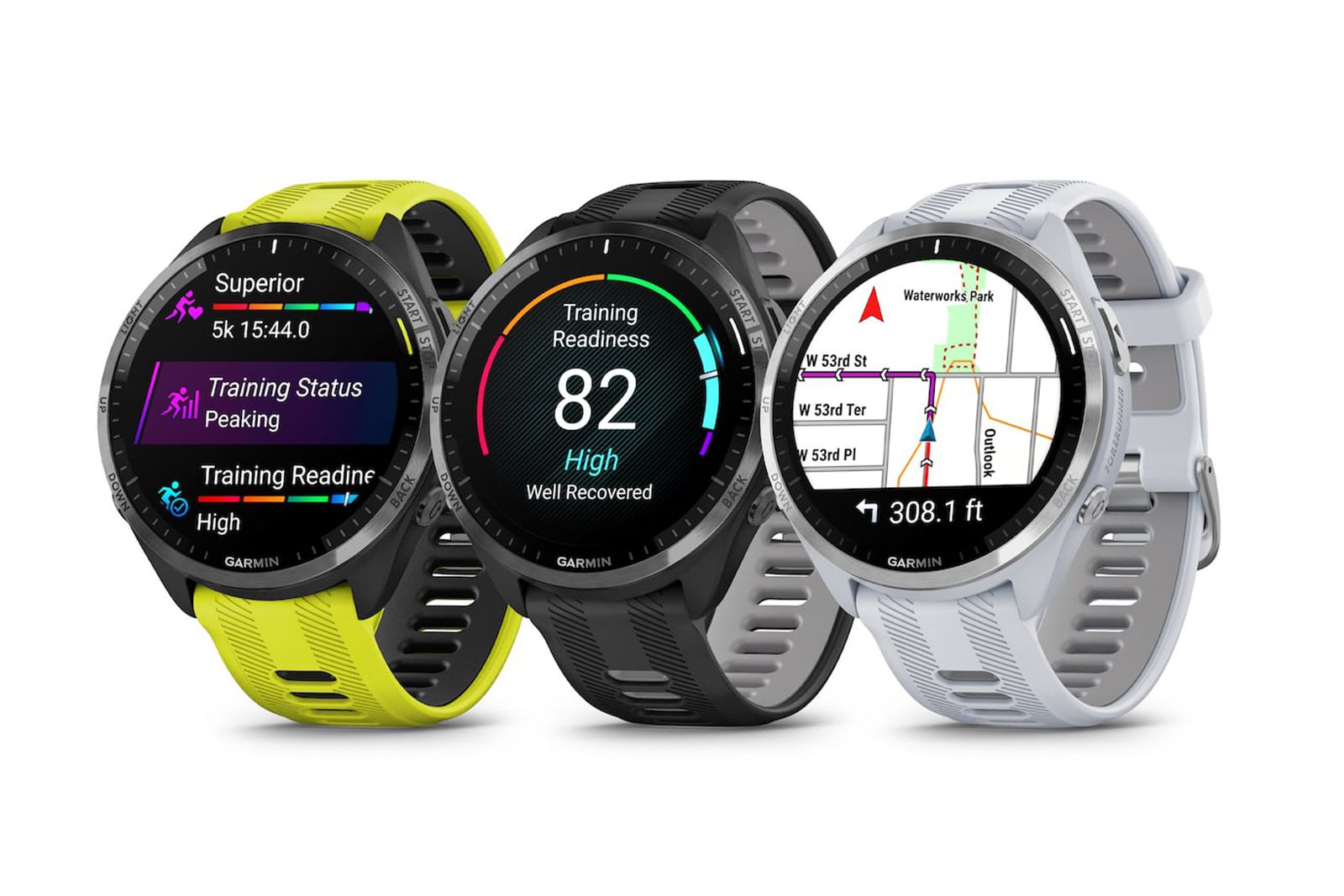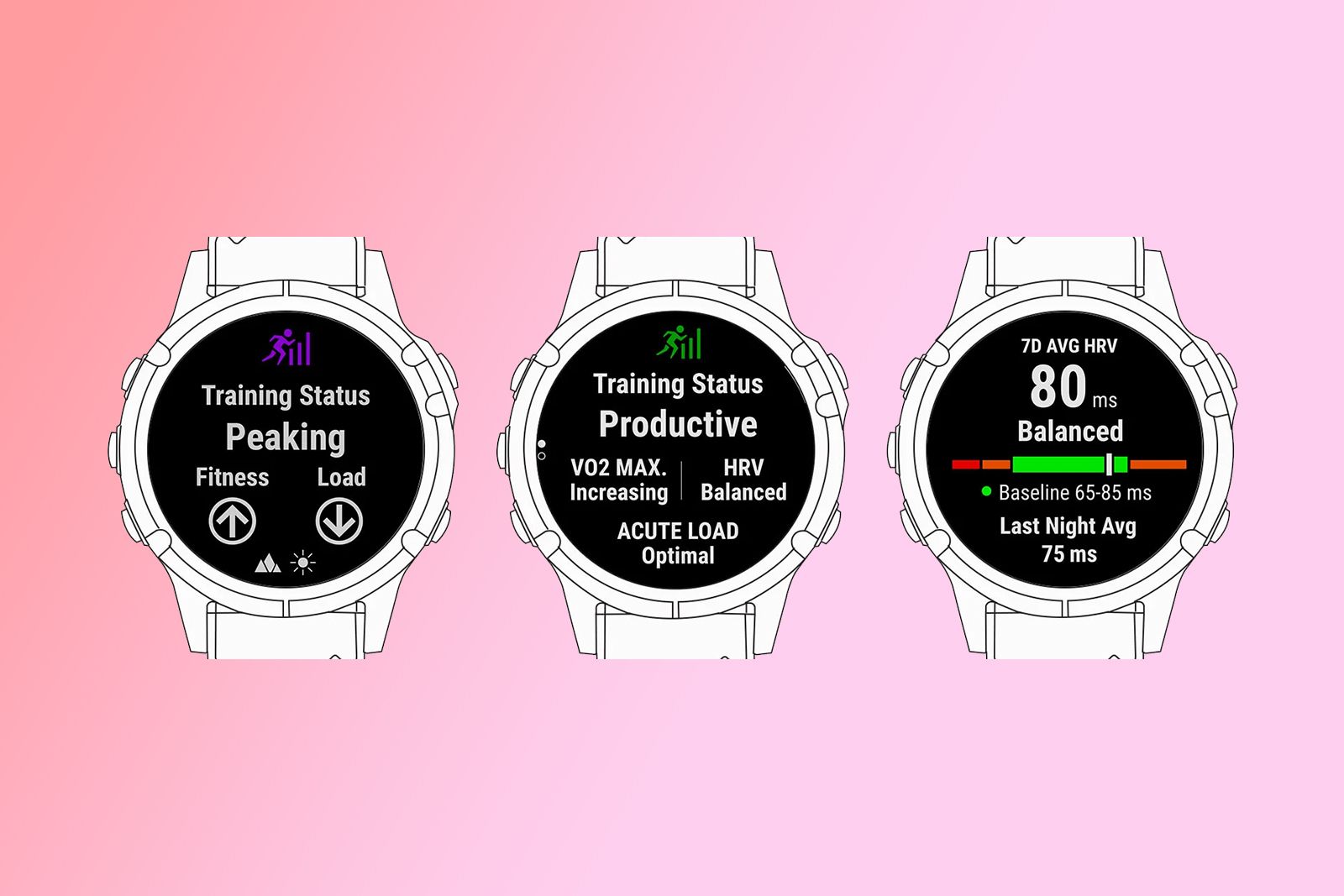Key Takeaways
- Garmin Training Status utilizes various data, including sleep quality, heart rate, and steps taken, to provide insights into an individual's training progress and fitness level.
- Inputting factors such as age, sex, height, and weight is necessary to determine an individual's starting fitness level and VO2 Max estimate.
- Training Status states include Peaking, Productive, Maintaining, Recovery, Strained, Unproductive, Detraining, Overreaching, and No Status. It affects Garmin's Daily Suggested Workouts and provides a Performance Condition metric during workouts.
Since Garmin acquired Firstbeat Analytics in 2020, it has been on a software offensive, launching ever more health, fitness, and wellbeing insights provided by the company’s leading physiological analytics.
Firstbeat's ability to transform heartbeat data into useful and meaningful data to enhance athletic and everyday performance is second to none, and one of the fruits of its labours is Garmin’s Training Status.
Available on a vast array of Garmin’s fitness smartwatches and devices, Training Status effectively delves into the user’s progress and fitness level based on a whole host of data harvested by the likes of the Garmin Forerunner, Fenix, Venu, Instinct, and Edge Series of cycling computers.
What is Garmin Training Status?
In short, Garmin Training Status essentially takes in a plethora of user information to then provide you with insights into your training progress. It requires the user to wear the device as much as possible, including at night, so that it can harness information on sleep quality, heart rate, body temperature, Heart Rate Variability (HRV), and even the number of steps you take daily.
Do I need to input anything into Garmin Connect to determine Training Status?
All you need to do is record and sync one or two running or cycling activities per week to allow your chosen device to determine a VO2 Max estimate. Garmin states, "Runs must be recorded outdoors with GPS tracking and heart rate data. Cycling can take place indoors or outdoors, but the rides must be done using a power meter and with recorded heart rate data."
This is a solid indication of an individual’s starting fitness level, as it is the maximum volume of oxygen (in millilitres) you can consume per minute per kilogram of body weight at your maximum performance.
To garner this, you will have to input factors, such as your sex, your age, your height, and your weight, but this is standard procedure when investing in any new Garmin device. For those already invested in the Garmin Connect ecosystem, all of this data should be ported over when you first sync your new device.
Where can I see my Training Status?
You can view your Training Status either on your smartphone via the Garmin Connect app or on your smartwatch or device directly. Once recorded, it can be found by swiping or scrolling through glances or widgets until you get to Training Status.
If you’re struggling, log into Garmin Connect via a web browser, navigate to the left-hand pane, and select Reports. Under All Activities, you’ll find Training Status.
How does Garmin Training Status monitor my training load?
Every time you start a new activity, be it running, climbing or even paddleboarding, the device will monitor factors like duration, intensity, and type of exercise.
Garmin then distinguishes between aerobic and anaerobic workouts, with the former great for improving your cardiovascular fitness and endurance, while the latter workouts focus on building strength and power. Each requires differing amounts of recovery time.
What are the different Training Status states?
Once you’ve recorded a few workouts in a week, your Training Status will start to appear on your app and device. It will appear as a Training Status state, which can be a little confusing. The various states are as follows:
- Peaking: You are in ideal race condition
- Productive: Your current training load is moving your fitness level and performance in the right direction
- Maintaining: Your current training load is enough to maintain your fitness level
- Recovery: Your lighter training load is allowing your body to recover
- Strained: Your performance ability is currently limited with inadequate recovery as a probable cause
- Unproductive: Your training load is at a good level, but your fitness is decreasing. You need to recover
- Detraining: You are training much less than usual for a week or more, and it is affecting your fitness level
- Overreaching: Your training load is very high and counterproductive
- No Status: The device needs one or two weeks of training history, including activities with VO2 max results from running or cycling, to determine your training status
Does Training Status affect Garmin’s Daily Suggested Workouts?
Your Connect app and device will take in your current Training Status when suggesting a workout for that day. If you are overreaching and need to take it easy, it will likely suggest rest or a very low-impact workout.
Similarly, if you are being a bit sedentary and need to push it, you’ll find your suggested workouts are much tougher.
Why does my Performance Condition flash up during a workout?
During a run, swim, or cycle, your Garmin device may display a "Performance Condition" metric, indicating how your current performance compares to your baseline. This is represented as a score from -20 to +20, with each point representing approximately 1 per cent of the VO2 Max set on your device.
You’ll see it pop up in the first 6–20 minutes of any activity, and it provides a neat insight into how you perform on the day. Those training hard will likely see minus numbers popping up, as fatigue levels could impact performance.
How do I improve my Training Status?
It pays to follow the advice of the device on your wrist. If your Garmin is warning that you are strained, it is time to back off and get some rest. It may also be worth looking at lifestyle factors, such as sleep quality or the physicality of your day job, as they will impact your recovery.
What’s more, Garmin offers bespoke training plans for runners, cyclists, and swimmers, so you can ensure you are Peaking at exactly the time your race or event occurs.




